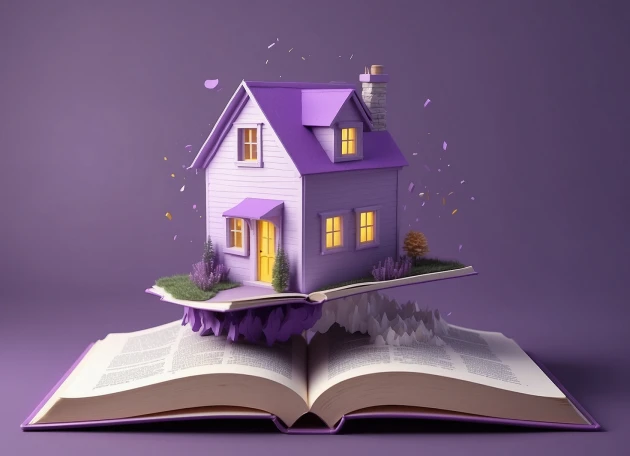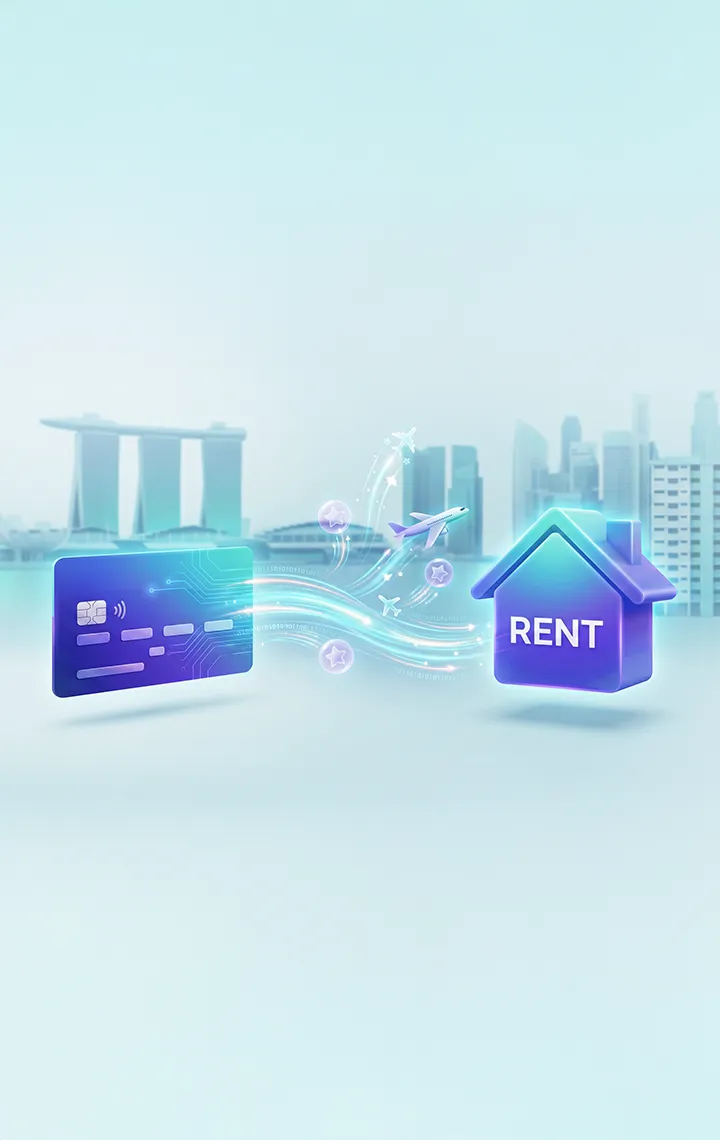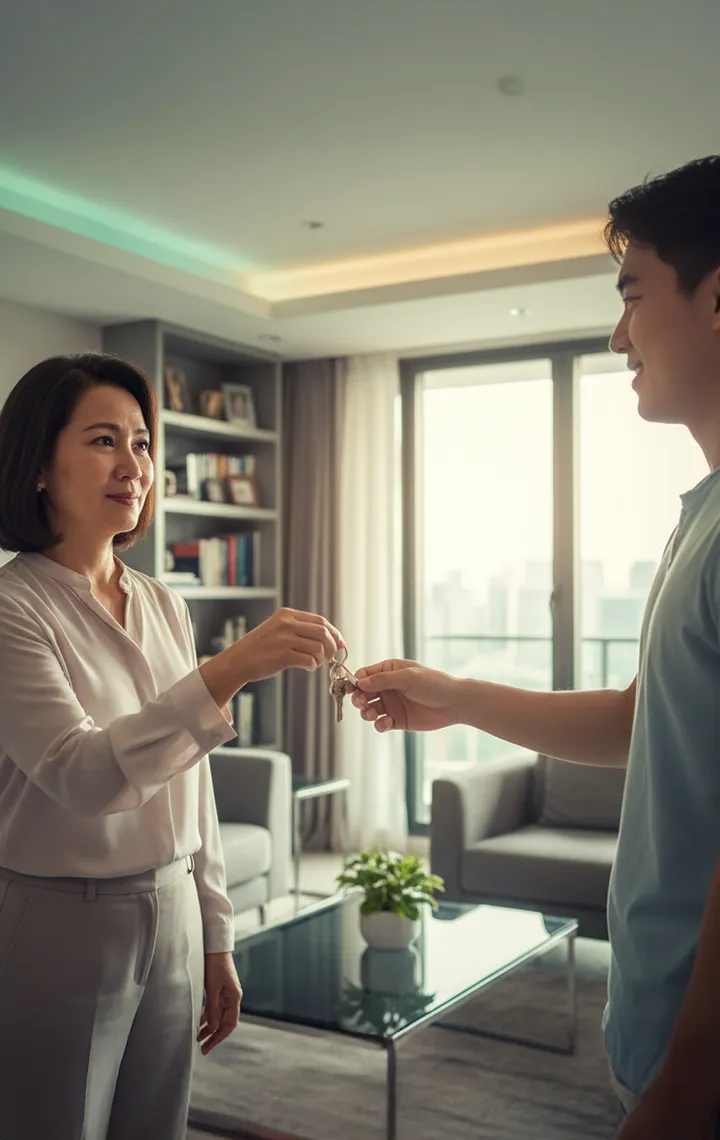You wake up one day in that loft you’ve been renting and realize something is amiss—one of the many doodads that constitute your loft’s body is acting weird. It’s broken. It needs a touch-up. Whose responsibility is it? Who takes the financial and logistical burden of patching that up? There are three possibilities: your building’s administration if you live in a community and share spaces, your landlord, and finally, yourself.
In this article, we aren’t going to even glance at the draconian battle plans and clause nightmares that some administrations reign their fiefdoms under—responsibility-shrugging guidelines that might as well have been overseen by Old Scratch himself. We are going to dive deep into the relationship between landlords and tenants and that No Man’s Land called “whose job is this anyway?”—the region also known as the grey area between rental repairs and maintenance. Understanding who's responsible for what—landlord or tenant—is crucial. We'll delve into common repairs like leaky faucets and maintenance tasks like replacing air filters. Additionally, we'll provide practical tips for both parties to ensure a smooth and efficient process when dealing with these issues in your rental property.
Repairs vs Maintenance in Rental Properties
Living in a rental property should be a comfortable experience for both tenants and landlords. However, disagreements can arise regarding upkeep. A key factor in maintaining a harmonious relationship is understanding the difference between repairs and maintenance. Repairs address breakdowns or damage to the property, while maintenance involves preventative measures to keep things running smoothly.
Clear distinctions between repairs and maintenance in rentals benefit everyone involved. Tenants can ensure they’re not responsible for fixing pre-existing issues and have a clear idea of what to report to the landlord. Landlords can avoid unnecessary repair costs caused by tenant neglect and make informed decisions about budgeting for maintenance. Property managers can streamline the process of addressing tenant concerns, upholding the property's condition, and fostering a positive experience for all parties.
101 on Repairs and Maintenance — Definition, Examples, and Legal Implications
Repairs
Repairs address breakdowns, malfunctions, or damage to the property that are not caused by normal wear and tear. Landlords are generally responsible for repairs, as they ensure the property remains habitable and meets safety standards.
Examples:
- Leaky faucets
- Malfunctioning appliances
- Damaged windows
- Roof leaks
- Electrical problems
Legal Implications:Landlords are required by law—often referred to as the "habitability standard"—to maintain these issues in a timely manner to ensure the tenant's health and safety. Failure to do so can result in fines or even lawsuits.
Maintenance
Maintenance refers to preventative measures taken to keep the property in good working order and prevent future repairs. Landlords may be responsible for some routine maintenance, while some tasks may fall to the tenant.
Examples:
- Regularly changing air filters
- Cleaning gutters
- Pest control
- Maintaining smoke detectors
- Lawn care (depends on lease agreement)
Legal Implications:Tenants are typically responsible for basic maintenance tasks outlined in the lease agreement. Neglecting these tasks and causing damage may lead to the landlord withholding security deposits or charging for repairs.
Common Repairs in Rental Properties
Here’s a breakdown of some common repairs:
Typical Repair Issues:
- Structural Repairs: Cracks in walls or foundations, roof leaks, or damage to load-bearing elements are major concerns.
- Emergency Fixes: Burst pipes, major electrical outages, or a compromised heating system during winter require immediate attention.
- Appliance Malfunctions: Refrigerators stop cooling, washing machines leak, or ovens malfunction.
Specific Considerations for HDB Rental Flat Repairs:
- Landlord's Responsibility: Maintaining the structure of the flat, including walls, floors, ceilings, roof, doors, windows, and major plumbing and electrical systems.
- Tenant's Responsibility: Maintaining the condition of the flat through proper use and minor repairs like replacing light bulbs or loose doorknobs.
Handling Repairs:
- Communication is Key: If a repair issue arises, the tenant should notify the landlord promptly, ideally in writing.
- Landlord's Response: Emergency repairs should be handled immediately, while non-urgent issues may have a slightly longer response window.
- Tenant's Role: The tenant should provide reasonable access to the property for repairs and avoid any actions that could worsen the existing problem.
A Rental Property Maintenance Checklist
Follow this checklist to ensure a well-maintained property:
Standard Maintenance Tasks:
Monthly:
- Inspect common area lighting and replace burnt-out bulbs
- Check smoke and carbon monoxide detectors and replace batteries if needed
- Test fire extinguishers
- Look for signs of leaks around faucets, pipes, and toilets
Quarterly:
- Change air filters in HVAC systems
- Check and clean dryer vents to prevent fire hazards
- Inspect garbage disposals for clogs and jams
Biannually:
- Clean gutters and downspouts to prevent water damage
Importance of a Rental Property Maintenance Checklist
A comprehensive checklist helps ensure that no crucial maintenance task is overlooked. It provides a clear roadmap for both landlords and tenants regarding who is responsible for what and when. This promotes proactive maintenance, preventing minor issues from snowballing into major repairs.
Seasonal and Annual Maintenance Tasks
Spring:
- Inspect the exterior of the property for any damage caused by winter weather
- Turn on the air conditioning system and ensure it is working properly
Summer:
- Check hoses and sprinklers for leaks
- Schedule air conditioning maintenance
Fall:
- Clean gutters and downspouts to prepare for fall foliage
- Winterize outdoor faucets and sprinkler systems to prevent freezing
Winter:
- Inspect the roof for any damage or leaks
- Schedule furnace maintenance
Annual:
- Have a professional inspect the plumbing and electrical systems to identify and address any potential problems before they escalate
Financial and Legal Considerations
Maintaining a rental property involves not just physical upkeep but also financial and legal considerations. Understanding who pays for what and the potential consequences of neglect is crucial for both landlords and tenants.
Financial Responsibilities
Maintenance Costs:
- Landlord's Responsibility: Generally cover routine maintenance tasks like changing air filters, maintaining appliances, and pest control. They may also factor in the cost of preventative maintenance when setting the rental price.
- Tenant's Responsibility: Usually responsible for minor maintenance tasks like replacing light bulbs, keeping drains clear, and cleaning garbage disposals.
Repair Costs:
- Normal Wear and Tear: Landlords are responsible for repairs caused by normal wear and tear.
- Tenant Damage: If a repair is necessary due to tenant misuse or negligence, the tenant may be liable for the repair costs.
Legal Consequences of Neglect
Landlord Neglect: If a landlord fails to address necessary repairs that compromise the habitability of the property, the tenant may have the right to withhold rent, deduct repair costs from rent payments, or even terminate the lease agreement. In extreme cases, legal action may be taken against the landlord.Tenant Neglect: If a tenant fails to report potential problems promptly or causes damage through neglect, they may be held financially responsible for repairs or face potential eviction.
Best Practices for Landlords and Tenants on Resolving Issues — Rental Property Maintenance vs. Repairs Breakdown
For Landlords:
- Provide a Clear Lease Agreement: Outline the responsibilities of both parties regarding maintenance and repairs.
- Be Proactive with Maintenance: Schedule regular inspections to identify potential problems before they escalate.
- Respond Promptly to Repair Requests: Timely response to repairs demonstrates your commitment to tenant well-being and fosters trust.
- Maintain Open Communication: Communicate clearly with tenants about repairs, including estimated timelines and potential costs if they are tenant-related.
- Work with Qualified Professionals: Hire licensed and insured contractors to ensure quality work and avoid further complications.
For Tenants:
- Understand Your Responsibilities: Familiarize yourself with the terms of your lease agreement regarding maintenance and repairs.
- Report Issues Promptly: Inform your landlord about any maintenance concerns or potential repairs as soon as you notice them.
- Maintain the Property: Perform basic maintenance tasks as outlined in the lease agreement and avoid causing any damage through negligence.
- Know Your Rights: Familiarize yourself with local landlord-tenant laws regarding repairs and habitability.
Getting it All on Paper
Your contract is your rule book—it should outline everything. A good contract is airtight and has no wiggle room. Paint? Who covers it? Look at your contract. Structural damages? Check the contract. A faulty showerhead? Contract. Still, here’s the main takeaway: repairs address breakdowns stemming from wear and tear or unforeseen emergencies, while maintenance involves preventative measures to keep things running smoothly. Following a maintenance checklist and clear communication regarding these issues is crucial. When both parties are on the same page—landlords acting promptly on repairs and tenants reporting issues proactively—it fosters a positive and responsible environment, minimizing disruptions and maximizing property value, ensuring a comfortable living experience for everyone involved.














